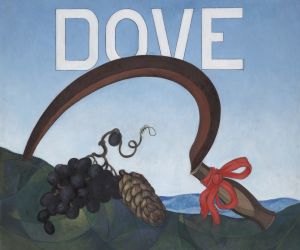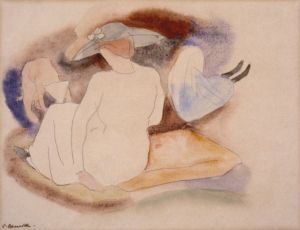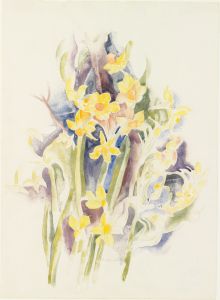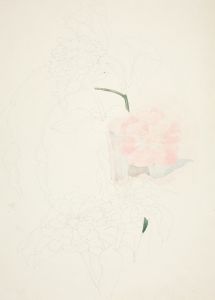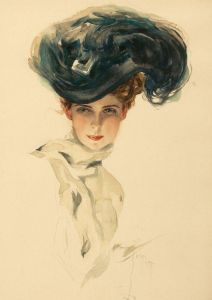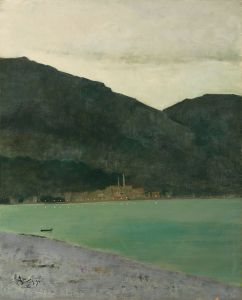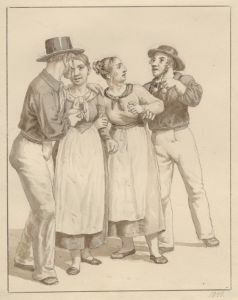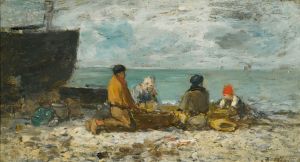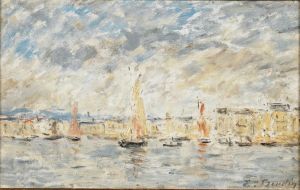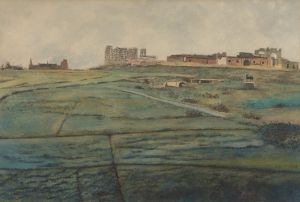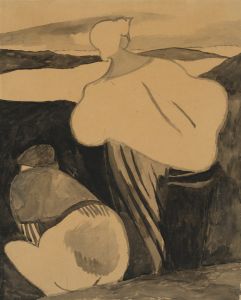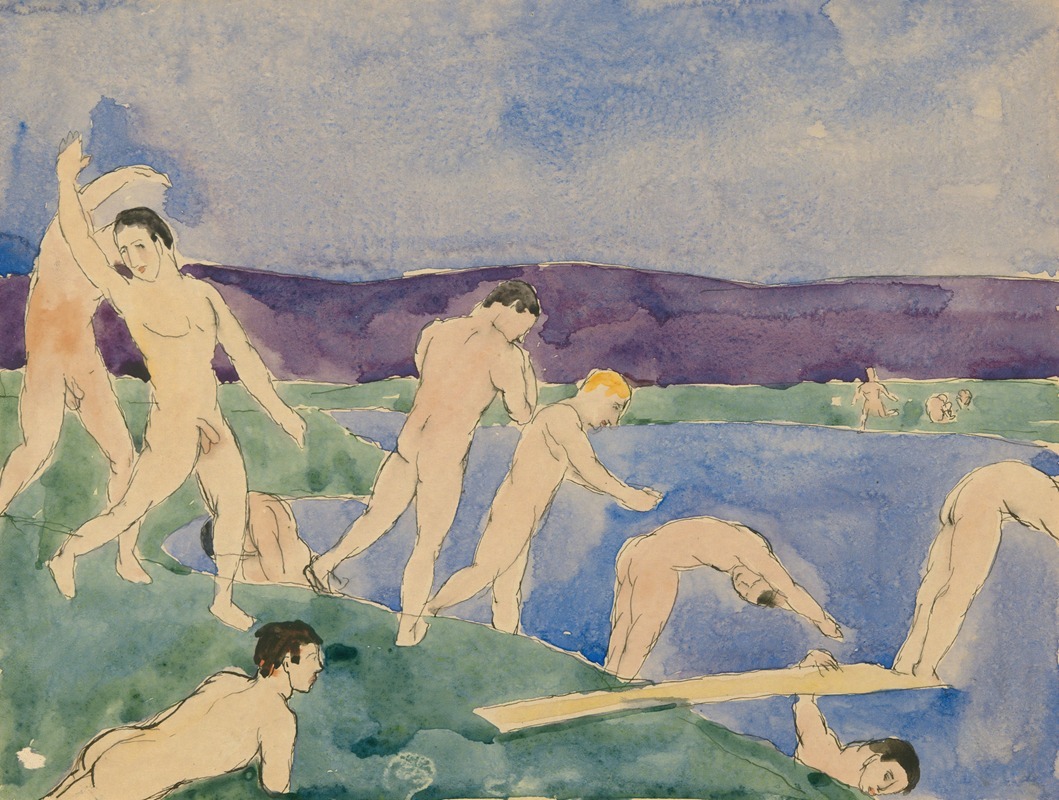
Twelve Nude Boys at the Beach
A hand-painted replica of Charles Demuth’s masterpiece Twelve Nude Boys at the Beach, meticulously crafted by professional artists to capture the true essence of the original. Each piece is created with museum-quality canvas and rare mineral pigments, carefully painted by experienced artists with delicate brushstrokes and rich, layered colors to perfectly recreate the texture of the original artwork. Unlike machine-printed reproductions, this hand-painted version brings the painting to life, infused with the artist’s emotions and skill in every stroke. Whether for personal collection or home decoration, it instantly elevates the artistic atmosphere of any space.
Charles Demuth's painting "Twelve Nude Boys at the Beach" is a notable work by the American artist, who is best known for his contributions to the Precisionism movement. Demuth, born in 1883 in Lancaster, Pennsylvania, was a prominent figure in early 20th-century American art. He studied at the Pennsylvania Academy of the Fine Arts and later at the Académie Colarossi in Paris, where he was influenced by the avant-garde movements of the time.
"Twelve Nude Boys at the Beach" is a watercolor painting, a medium Demuth frequently employed throughout his career. Watercolor allowed him to explore light and color with a fluidity and transparency that became characteristic of his style. This particular work is believed to have been created around the early 20th century, a period when Demuth was actively experimenting with themes of modernity, sexuality, and identity.
The painting depicts a group of twelve nude boys at a beach, engaging in various activities. The composition reflects Demuth's interest in the human form and his ability to capture movement and interaction. The figures are arranged in a way that suggests both spontaneity and careful composition, a balance that Demuth often achieved in his work. The setting of the beach provides a natural backdrop that enhances the sense of freedom and playfulness in the scene.
Demuth's work often contained subtle references to his own life and experiences. As a gay man living in a time when homosexuality was not widely accepted, Demuth's art sometimes included coded references to his sexuality. "Twelve Nude Boys at the Beach" can be seen as part of this aspect of his oeuvre, although interpretations of the painting should be approached with caution, as explicit evidence of intent is not always available.
Throughout his career, Demuth was associated with a circle of artists and writers who were pushing the boundaries of traditional art forms. He was friends with figures such as Marsden Hartley, Georgia O'Keeffe, and Marcel Duchamp, and his work was exhibited alongside theirs in various galleries and exhibitions. Demuth's contributions to the Precisionism movement, characterized by its focus on industrial and architectural subjects, are among his most celebrated achievements. However, his watercolors, including "Twelve Nude Boys at the Beach," reveal another dimension of his artistic exploration.
Demuth's health was a significant factor in his life and work. He suffered from diabetes, which eventually led to his early death in 1935 at the age of 51. Despite his relatively short life, Demuth left a lasting impact on American art, and his works continue to be studied and appreciated for their innovative approach and personal expression.
"Twelve Nude Boys at the Beach" remains an important piece within Demuth's body of work, illustrating his skill in watercolor and his interest in themes of youth, leisure, and the human form. The painting is part of the collection at the Philadelphia Museum of Art, where it is preserved as a testament to Demuth's artistic legacy.






